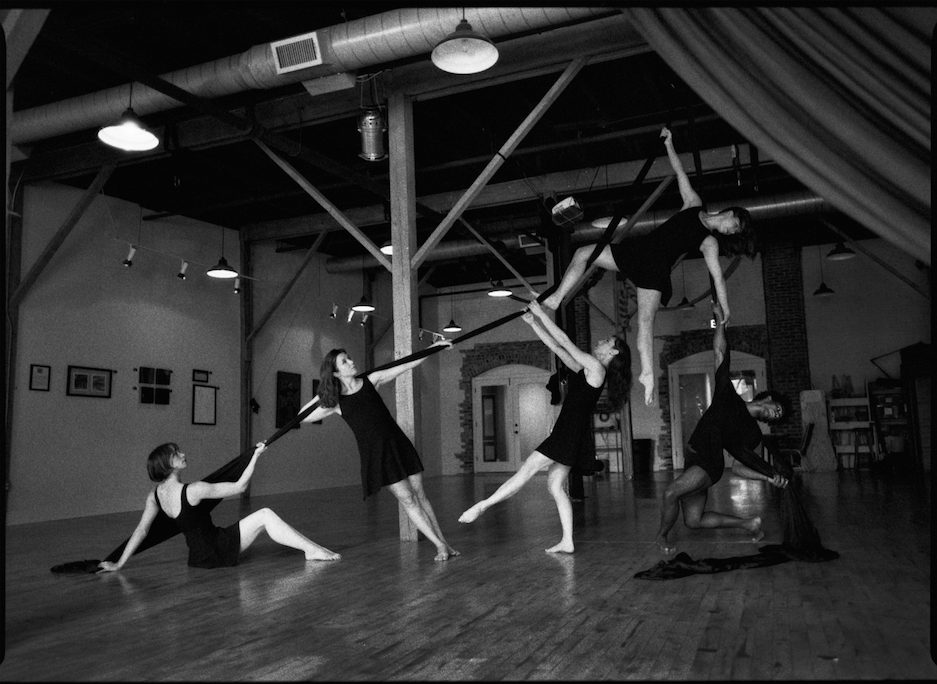
The audience gasps as Beth Anne Loosmore plummets towards the stage. The force of her fall sucks the air out of the crowd. I think she’s died. The talented dancer has hanged herself with a long, dark swath of silk. A pause. Wait. No, she stirs.
Loosmore has simply executed a breath- taking drop, hurtling down from the rafters only to catch herself midway down, taking her considerable momentum to a dead stop. She gracefully twists and lowers herself slowly toward the ground. The audience, and I, exhale. The performance at Belmont’s Troutt Theater continues. This moment of tremendous drama is one of many throughout Dear Apocalypse, a stunning creative collaboration between musician Kat Jones, of Kat Jones & The Prophets, and Rebekah Hampton Barger, founder and artistic director of the contemporary aerial dance company FALL.
Her piano teacher noticed it first. None of Barger’s many dance instructors saw anything odd in the way the thirteen-year-old student carried herself, but by the time she saw the first x-rays, severe scoliosis had already contorted her natural spinal curvature to a disastrously unnatural sixty-two degrees. Now a working artist in her mid-thirties, Barger explains how she’s managed: “Dance has pretty much saved me. I shouldn’t be able to move and do the things that I do.” Her primary training in ballet, she tells me, was especially critical. “The focus on posture and alignment and flexibility has allowed me to, for the most part, find ways to stay upright, to fight the pull of gravity on that curve.
“Your spine is your center of everything,” Barger asserts. “So I’ve had a pretty injury-prone career. It just happens.” By her mid-twenties, she was living with chronic pain. She remembers asking herself, How much longer can I really perform and do all of this? After a short stint living in Nashville in the early 2000s, yet another injury sent Barger back home to Oklahoma to recuperate. There, she happened upon Perpetual Motion, an aerial dance company based in Oklahoma City. “I discovered aerial dance when I was twenty-six,” she recalls. It was a revelation. “I [felt] like this might be the thing that allows me to perform for longer. It’s less direct impact. It’s definitely physically taxing, but in a different way.”
Barger and I are sitting on my couch, reviewing clips of FALL’s work. Scoliosis is a notoriously painful condition, though here at my home, or at rehearsals, she rarely shows any signs of discomfort. Her arms outstretched across the cushions are absolutely ripped, evidence of sweat, effort, struggle.
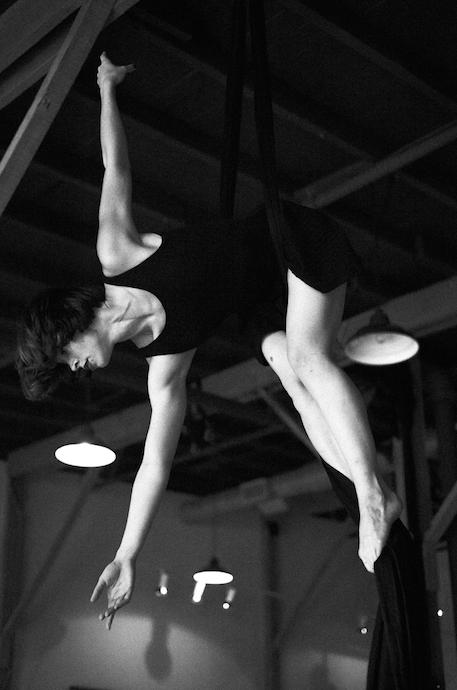
Thinking she’d only rest briefly in the Oklahoma City suburbs, Barger instead joined Perpetual Motion and danced with them for four years. She had zero experience with aerial dance before coming on board with the company: “Literally my first introduction to aerial dance was in the audition. They were like, ‘Well, there’s a double trapeze. Do you wanna jump on?’ I was like, ‘Yes, please!’”
As it turns out, dangling from her ankles, free from the shackles of gravity, Barger found release. “The aerial aspect, the hanging, when [I’m] suspended, it gives me some traction. That allows for some relief of the compression and inflammation that happens in a lot of my joints.” For artists that pursue disciplines dependent on physical strength, an uncooperative body can be devastating; think of a promising high school running back who blows out his knee his sophomore year. Barber’s scoliosis forced her to face the tangible fragility of her body – perhaps it’s because she confronted her disability so early in life that she now thrives where so many others might have despaired. In aerial dance, she’s found a medium that not only inspires her to create but actively allows her to do so.
Barger now describes herself as “a dancer who likes climbing on things.” She’s spent much of the last decade honing her body for her craft (see: arms, ripped). Aerial dances use a collection of apparatuses—silks, trapezes, boxes, kite-shaped frames—all able to hold a dancer brave enough, and strong enough, to climb up. The form is usually categorized as a circus art; Dear Apocalypse was shown as part of the Sideshow Fringe Fes- tival. Barger’s contribution to the genre is her integration of a contemporary dance vocabulary with aerial devices and techniques. Her choreography lives in a space between an entertaining circus of performers soaring twenty-five feet in the air and the subtle, often abstract artistry of contemporary modern dance.
FALL, in Barger’s words, is “a dance company that incorporates basically anything that we can get our hands or feet on to make whatever art it seems like needs to be made.” As artistic director, she faces a constant challenge to keep her work from becoming gimmicky; the superhuman abilities of dancers harnessed to aerial devices can easily overpower a delicate artistic construction. She shares her strategy to confront that issue: “I made a very deliberate choice to bring on … performers that are dancers first-people that have a really high level of technical, classical, contemporary training- and then teaching them whatever aerial components I might need for them to do some choreography, as opposed to bringing on aerialists and trying to teach them to move how I want them to move.” Barger adds with a laugh, “I need a former ballet dancers who wanna be upside down.”
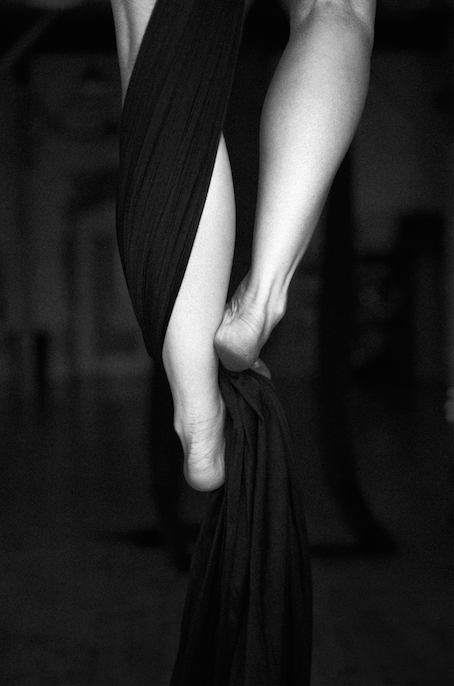
Among those happy to live in Barger’s upside-down dance world is Beth Anne Loosmore, a Baltimore native and FALL company member. Loosmore lived through her dramatic plunge and is sitting across the table from me with a pot of herbal tea. Like Barger, Loosmore comes from a classical ballet background and was deeply immersed in the pursuit of her dance dreams by high school—until she suffered labral tears in both hips. It’s a somewhat common dance injury, Loosmore explains, and many dancers power through the pain for their entire careers. “I had a doctor tell me I could do anything that I wanted—it was just going to hurt,” she recalls. “My hip would get numb. Sometimes I wouldn’t know where my leg was. It was very awkward, trying to figure out how to dance when you don’t know where your legs are and it hurts to walk . . . I was like, ‘Oh cool, everything I’ve worked for my entire life since I was twelve is done now. Alright. Crap. Now what?’” Now, as you can probably guess, it was FALL.
Loosmore also had little experience with aerial equipment, but she found her way to abrasive media in Houston Station, where FALL rehearses and hosts open classes. The sessions were challenging, though as Loosmore points out, “I don’t think any dancer is happy unless they’re learning and progressing and pushing and doing something new.” Loosmore considers the transformative process of those initial sessions: “I thought my journey with pushing my body to do stuff, to make art, to be beautiful, was over. I thought all of that was just done, and then all of a sudden there’s this whole other avenue, this whole other world of, ‘This doesn’t hurt when I do it!’ And I can use everything I already know, and I can learn so many new things.”
“I am not afraid of the stones in my past / Underneath the peach tree I’ll stand tall!” So sings Kat Jones in the title track of Dear Apocalypse. The show explores the destructive force of trauma—a subject all too familiar to many of the artists involved. After the festival performances, the weighty themes are still bouncing around Barger’s brain. She’s working on a piece, one that will explicitly explore her physical limitations, and she freely admits her fear. “That’s a scary enough thing, [an] emotionally draining enough thing to work through, that if it was up to me, I’d probably be like, ‘Oh, that’s like two years down the road.’ And continue to say that, forever.” With the gentle encouragement of Lauren Snelling, the brilliant creative mind behind OZ Arts’ programming, Barger and FALL are set to perform with the artist Mary Mooney at OZ in June 2017. Until then, Barger will continue her long journey, one she began when she was just a teenage girl, to live into her body, to stand tall, facing the stones in her past. All she has to do is jump. The silk will hold.
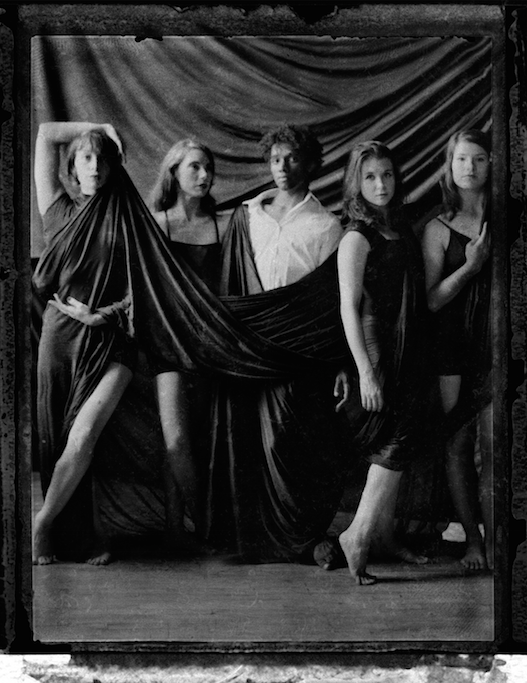
Suggested Content
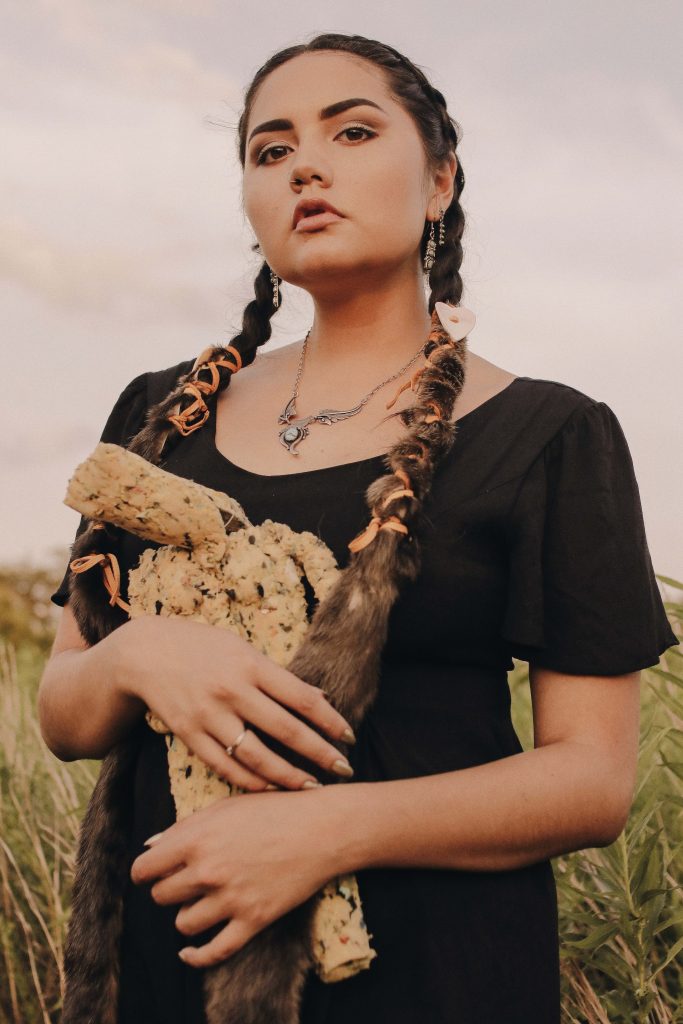
Chelsea Kaiah James
Why aren't there any ears sculpted onto the presidents of Mt. Rushmore? Because American doesn't know how to listen. - Unkown
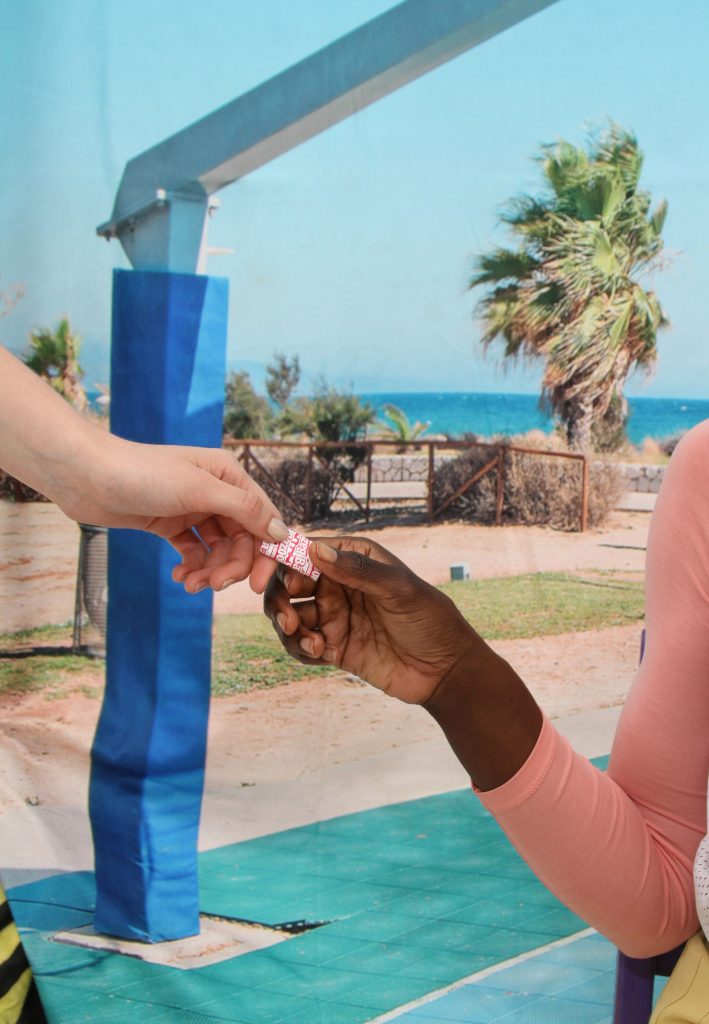
Contributor Spotlight: Dylan Reyes
When I create, I often think of what Johannes Itten said, “He who wishes to become a master of color must see, feel, and experience each individual color in its endless combinations with all other colors.”. I’m also inspired frequently by love and loneliness and want folks consuming my work to be encouraged to start paying attention to the little details in everyday life, appreciate the simple things, and let them eventually inspire you! Ultimately, I’m just trying to become a mother fuckin master of color.
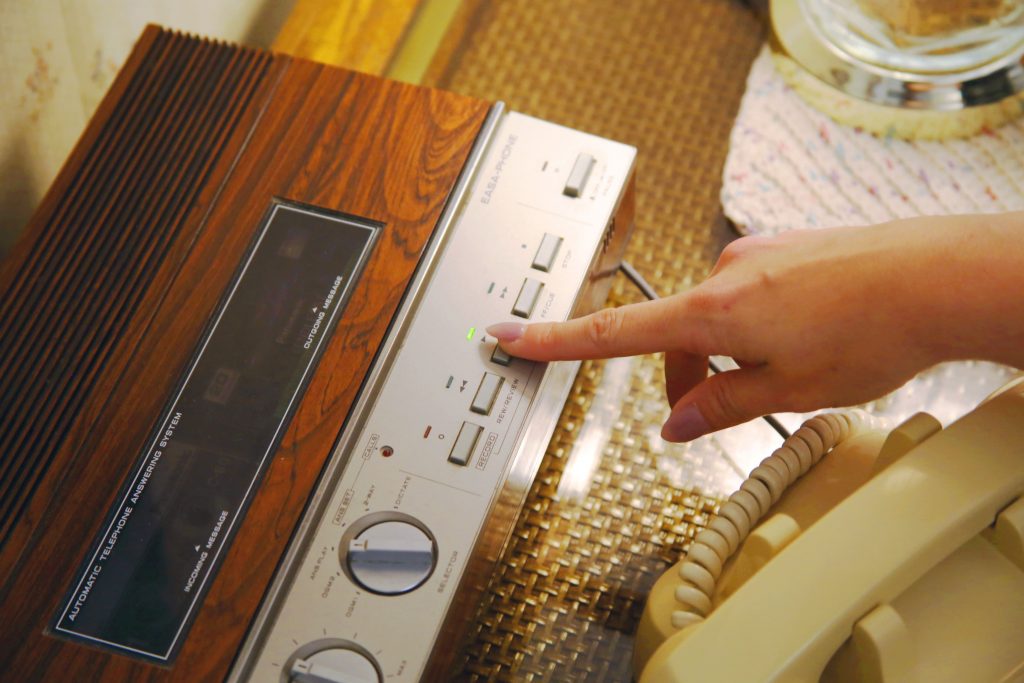
Secondhand Sorcery
A look inside the beautifully cheesy world of Crappy Magic
